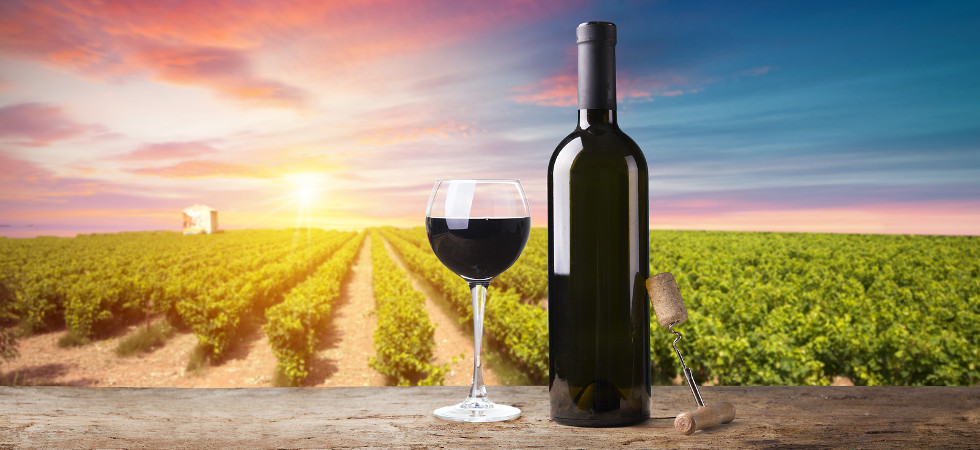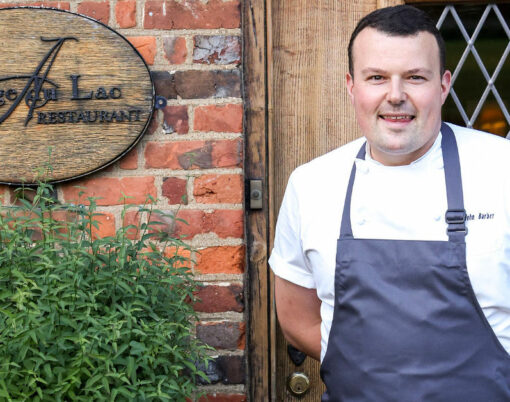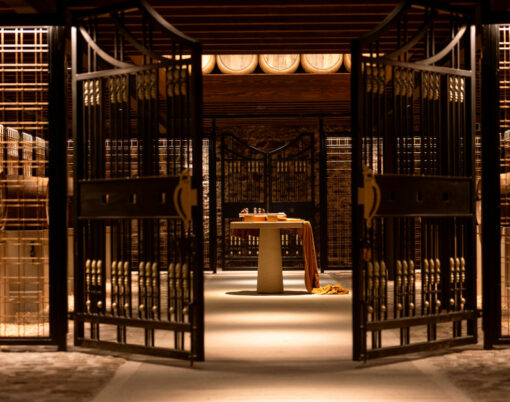When you’re exploring the world’s best wines, it’s often the most prestigious bottles from the most famous wine territories that stick in the mind.
Swathes of vineyard landscape in countries like France and Italy – and New World regions like New Zealand, Australia and California – inspire imagery of connoisseurs gently swilling their glasses, and grape vines growing in the sunshine. But when you’re talking about Romania or England, home-grown wine might not be the first thing that springs to mind.
Wine is big business, and it’s only getting bigger. North America and Europe knock back the most of it, worldwide, but even Asian destinations like Japan and China are getting ever more fond of fine wine. Naturally, this increase in interest has been met with increased production, and that includes regions not always associated with vineyards and high-end vino.
New winemaking regions are popping up everywhere, and it can feel difficult to sort those worth exploring from those which don’t compare to the long-standing favourites. If you’re keen to branch out from familiar New Zealand Sauvignons and Spanish Riojas, here are three countries that make incredible wines you might not have thought to try.
Romania
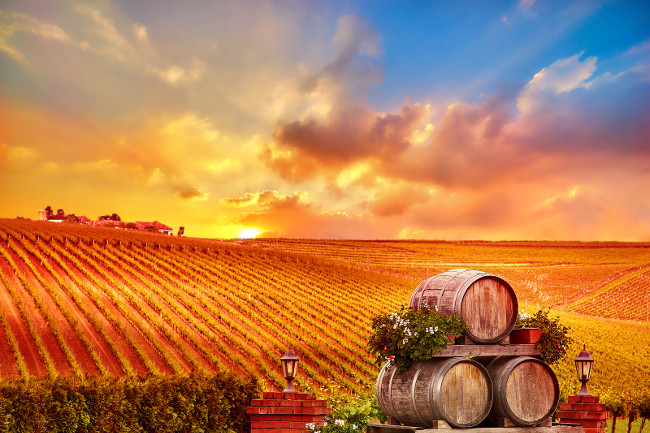
Romania has been on the radar of in-the-know wine lovers for a while now, and it’s a country that continues to go from strength to strength in its vineyards and its sommeliers’ expertise.
There are eight main vineyard regions in Romania, and the change in climate across the country means that you can find different varieties of wine produced in different areas. From the sweet wines of coastal Murfatlar to the flourishing Pinot Noir production in Dealul Mare, right through to a selection of crisp and fresh whites sourced from Tirnave – an area nestled in the Carpathian Mountains.
Because Romania’s reputation as a premium wine producing nation is still being developed, high quality wines from this territory can be snagged for less than you might be used to spending. A Pinot from Burgundy will typically set you back around £20, but as an example, a Dragon Hills Pinot Noir from Romania is around half that price.
The Romanian wine industry can be dated back over 6,000 years, but there’s still time to get ahead of the trend. In the last few decades, vineyard land that was once lost in political turmoil has been returned to the people of Romania, and the support of the EU has meant that better grape varieties and faster regeneration of land are possible. Romania has quickly become the 6th largest producer of wine in Europe, and it seems that the sky’s the limit from here.
Companies such as Romanian Friend provide a wide range of fantastic wine tasting tours in Romania to enjoy in 2020, so there is no excuse not to book online today and experience the very best this country has to offer the discerning wine lover.
Brazil
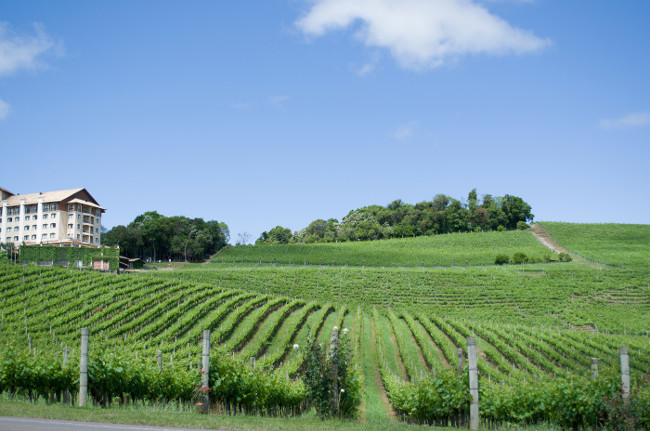
Although the climate is definitely superb for nurturing vines, the wine industry of Brazil is surprisingly new. They’ve only been really jumping in with both feet to the vineyard game for about 20 years or so – yet in that time, Brazilian wines have made an impressive name for themselves for those in the know.
Brazilian wines today have a reputation much like that of a secret fan club – you won’t hear them discussed often, but when you do, it’s always with wide eyes and excited whispers.
Because the majority of Brazil’s biome is rooted in rainforest, there is one select part of the nation that’s dedicated to winemaking – Rio Grande do Sul, a state in Brazil’s deepest south. Brazil’s wines were originally grown here largely for consumption within the country itself, so it’s only in the last couple of decades that they’re making a splash worldwide.
Brazil is now the fifth largest wine producing nation in the Southern Hemisphere, and has a traditional feel to its viticulture. 90% of Brazil’s wineries are family run businesses, and the high number of Italian expatriates settling in the country over time has given additional advantages to the region’s wine-making.
Despite having over 90,000 hectares of vineyard, and more than a century of experience in producing sparkling wines, Brazil is still relatively new to the international wine scene. But much as nearby Chile and Argentina have become mainstays of any true wine-lover’s cellar, it shouldn’t be long before Brazil takes its place as a go-to favourite.
England
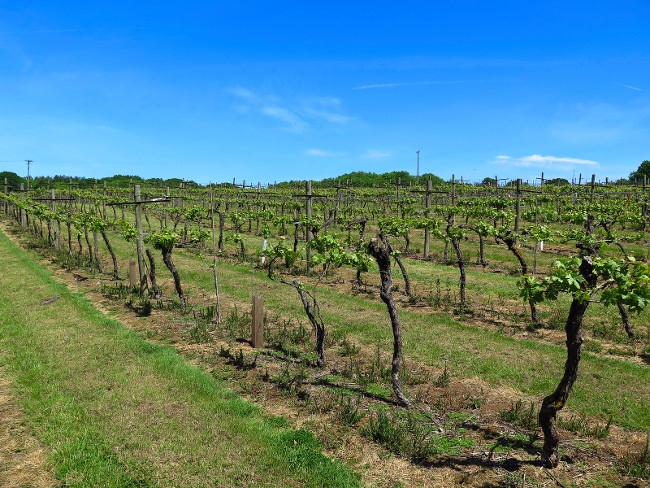
Even the most seasoned of wine lovers expresses a healthy dose of surprise and scepticism, often at the same time, at the suggestion that England could be a great wine-making region. There has even been an old joke among English wine producers: “How do you make a small fortune? Start with a large fortune, then open a vineyard.” But right now, it seems that the English wine industry is finally having its moment.
England can hardly be said to enjoy an easily predicted and consistent climate, and it’s safe to say that the reputation that English cuisine has across the globe hardly lends itself to visions of wining and dining. Yet the simple fact is that English wine is on the up and up – winning international awards, boasting a crisp and distinctive flavour, and wooing everyone from TV celebrities to royalty.
While climate change is a worry to us all, its demonstrable effects have given plenty of advantages to the English weather when it comes to cultivating grapes for wine. What’s more, the country’s soil quality, including its chalk content, is not actually that different to that of the Champagne region of France. That means that nowadays, the English are pretty much working with the same bountiful natural advantages as the most capable of French masters.
With the vast majority of wine in the UK still imported from elsewhere, English wines have given natives a chance to ‘shop local’ and reduce their carbon footprint – but it’s really the increased quality and relative affordability of English wine that is spurring a new momentum.
Cross-Channel rivalry is only going to make England and France try that much harder in their wine production in the years ahead – just as Romania’s ambitions, Brazil’s growing winemaking reputation and countless other countries jostle for a position on your palate.
Keep a finger on the pulse of these and other burgeoning leaders in the wine market, and you’re sure to find world-class wines to wow your guests that will keep you sitting ahead of the trend.












